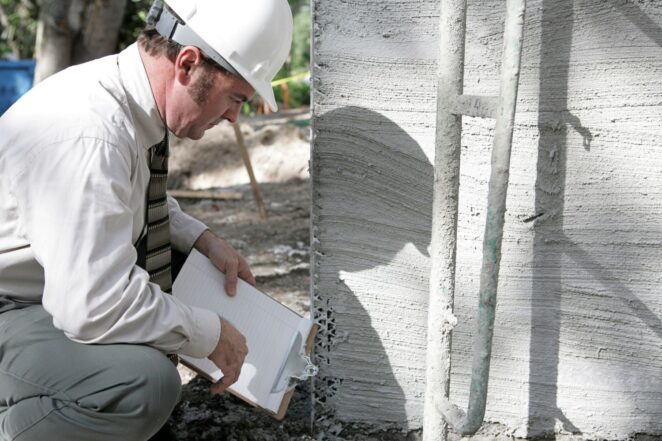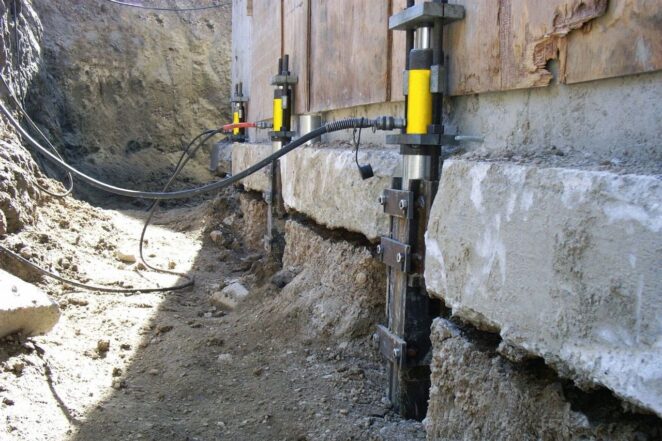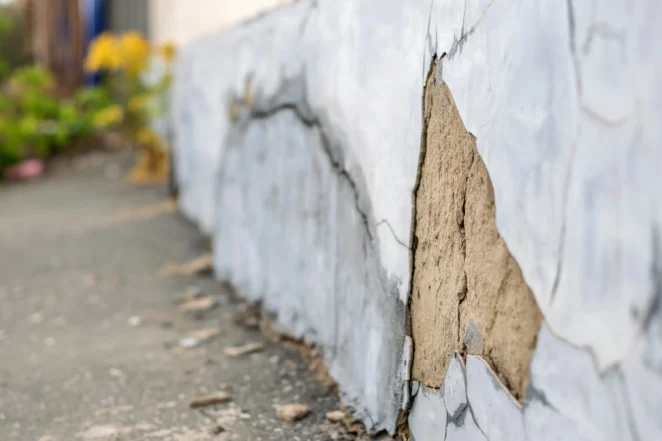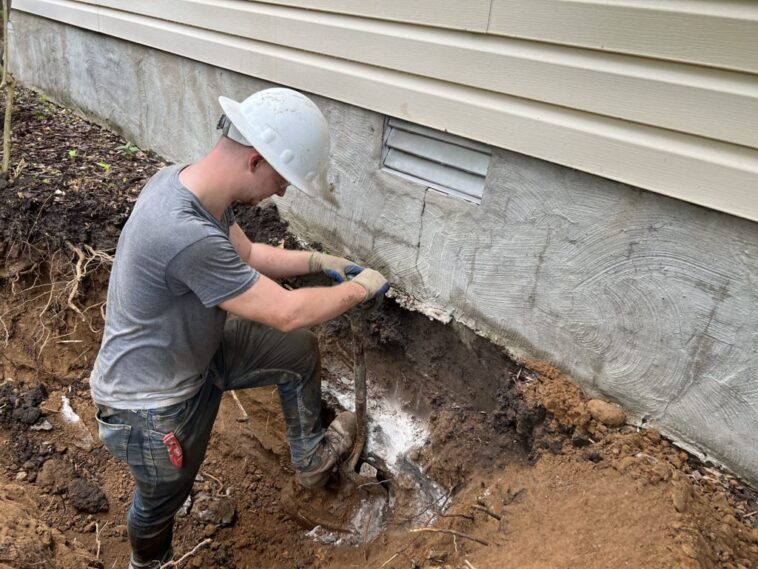Homeownership comes with its set of challenges, and few are as daunting as the need for foundation repair. Understanding the process can alleviate some of the anxiety associated with such a significant home repair. This blog post aims to demystify the foundation repair process, providing you with valuable insights and preparing you for what lies ahead.
Understanding the Initial Inspection

Before any repair work begins, a professional inspector must evaluate your home’s foundation. This initial step is crucial as it determines the extent of the damage and the necessary repair method. The inspector will check for signs of foundation problems, such as cracks, uneven floors, and doors that won’t close properly. They use specialized tools and techniques to assess the severity of the situation and to ensure that all issues are identified before repairs start.
After the inspection, you’ll receive a report detailing the findings and a plan for the repair process. This report is your roadmap for the upcoming work and should give you a clear understanding of the expected timeline and outcomes. It’s important to have realistic expectations and to discuss any concerns with the repair team before the work begins. This is also the time to talk about any necessary preparations, such as relocating furniture or landscaping, to facilitate the repair process.
Delving into the Repair Techniques

Piering, or underpinning, is a common foundation repair technique, especially for significant issues. This method involves installing steel or concrete piers deep into the ground to stabilize and lift the foundation back to its original position. The process can be invasive and time-consuming, but it’s a permanent solution to foundation problems. While engaging in such substantial repairs, homeowners often take the opportunity to address other foundation concerns, such as waterproofing.
A renowned example is foundation waterproofing by Moe, a service that complements structural repair by ensuring the foundation is also protected from water damage. Understanding this technique helps homeowners appreciate the complexity and duration of the repair process, as well as the comprehensive approach needed for a long-lasting solution.
Managing the Project and Post-Repair Care

Once you understand the proposed repair techniques, the actual work can begin. During this time, it’s important to stay in communication with the repair team. Ask questions and express any concerns as they arise. There may be unexpected challenges once the work starts, so being prepared for possible adjustments to the plan is essential. Additionally, consider the impact on your daily routine and plan accordingly to minimize disruption.
After the repairs are completed, it’s not just a matter of moving on and forgetting about it. Your repair team should provide you with guidelines for maintaining the foundation and preventing future issues. This might include watering your foundation, improving drainage, or monitoring for new signs of problems. Following these recommendations can extend the life of the repair and help avoid new issues.
Conclusion
In conclusion, while foundation repair can seem overwhelming, being informed and prepared can make the process much more manageable, and understanding the phases of inspection, repair, and post-repair, coupled with the financial protection offered by home insurance, ensures your home’s foundation maintains its stability and longevity




